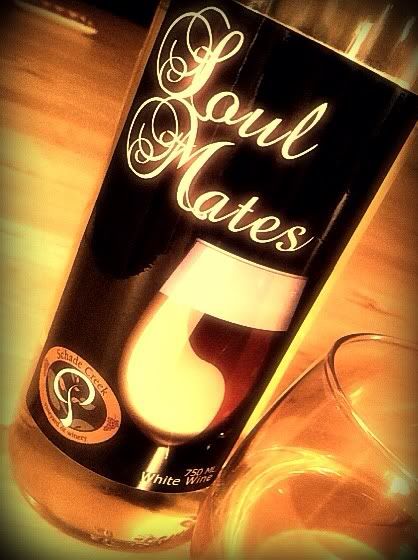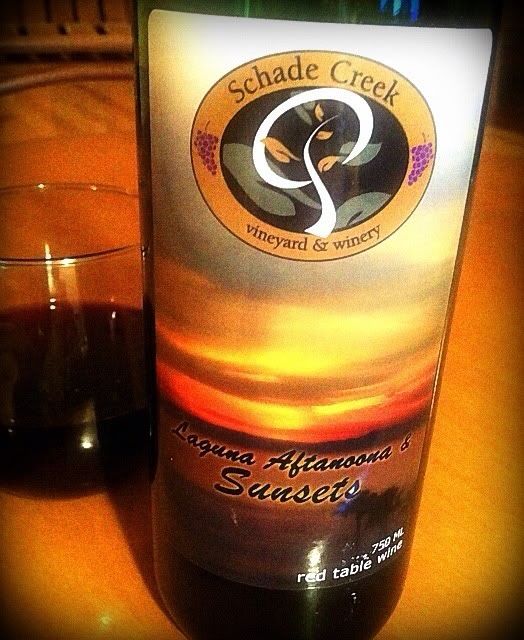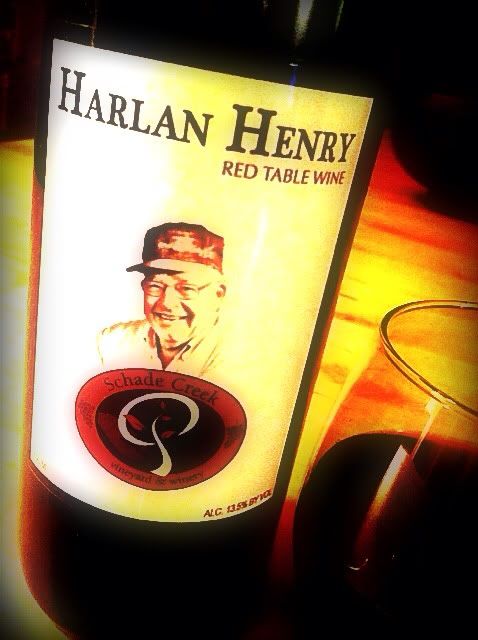While tasting wine from all parts of the US for the Now And Zin Wine Country series, I have had the opportunity to sample Pennsylvania wine several times. Some has been good, while some has been merely tolerable. The samples from Lakeview Cellars definitely fall into the "good" category.
Lakeview Cellars is a boutique Pennsylvania winery located just south of I-90 in the town of Northeast, PA, which is actually in northwest PA. The directional aspect of the town's name describes its situation within Erie County. The winery offers visitors some great views of Lake Erie and a pond shaped like a wine bottle - in addition to their wines, of course. Owner and winemaker Sam Best sent two bottles of his very popular Shipwreck Series, a red and a white, for me to sample.
2011 Shipwreck Red
This Lake Erie red blend uses five grape varieties: Baco Noir, Cabernet Franc, Chambourcin, Cabernet Sauvignon and Noiret. Cabernets Franc and Sauvignon you know. The other three grapes are hybrids found mainly in the American northeast. Baco Noir is a cross of the French vitis vinifera grape Folle Blanche and an unknown variety of vitis riparia indigenous to North America. Chambourcin and Noiret are also hybrid grapes.
Best says, "The wine is finished with 1% residual sugar, and exhibits nice fruit forward and finishes with some oak tones." Sure enough, it's a dry wine at 12.4% abv, fermented and aged in Pennsylvania white oak. It sells for $17, when they have some to sell. This vintage ran out in September this year, nine months after its release.
Medium-dark ruby in the glass, the nose is complex, with black plum and blackberry, a little cinnamon and allspice, cigar tobacco and even a bit of leather. The sip reveals a beautiful, peppery raspberry delight. It's a little bit Pinot, a little bit rock'n'roll. The Baco Noir and Chambourcin grapes seem to shine the brightest.
Shipwreck White
Best says he aimed for crisp and semi sweet with the Shipwreck White. He hit the mark well. Notes of melon and citrus come through an earthy nose, while similar fruit adorns the palate. It strikes me as having just a hint of sweetness, a little odd for a wine with 3.5% residual sugar. Best explains, "We blended this wine to have a nice balance of fruits and acid and finish with a honeydew melon taste. The wine was finished with 3.5% residual sugar, but because of the acid, it doesn’t come across as sweet."
This blend of Riesling, Vignoles, Cayuga and Vidal retails for $14 and barely tips the alcohol meter at 12% abv.
The earthiness on the noise is amazing. The way the minerals, sugar and acidity merge is equally stunning. It goes great with almonds and a cheese plate, but it makes a great sipper, too.
Follow Randy Fuller on Twitter


 Soul Mates White Table Wine
Soul Mates White Table Wine  Creme de la Creme Blanc White Table Wine
Creme de la Creme Blanc White Table Wine  Laguna Aftanoona & Sunsets Red Table Wine
Laguna Aftanoona & Sunsets Red Table Wine  Harlan Henry Red Table Wine
Harlan Henry Red Table Wine